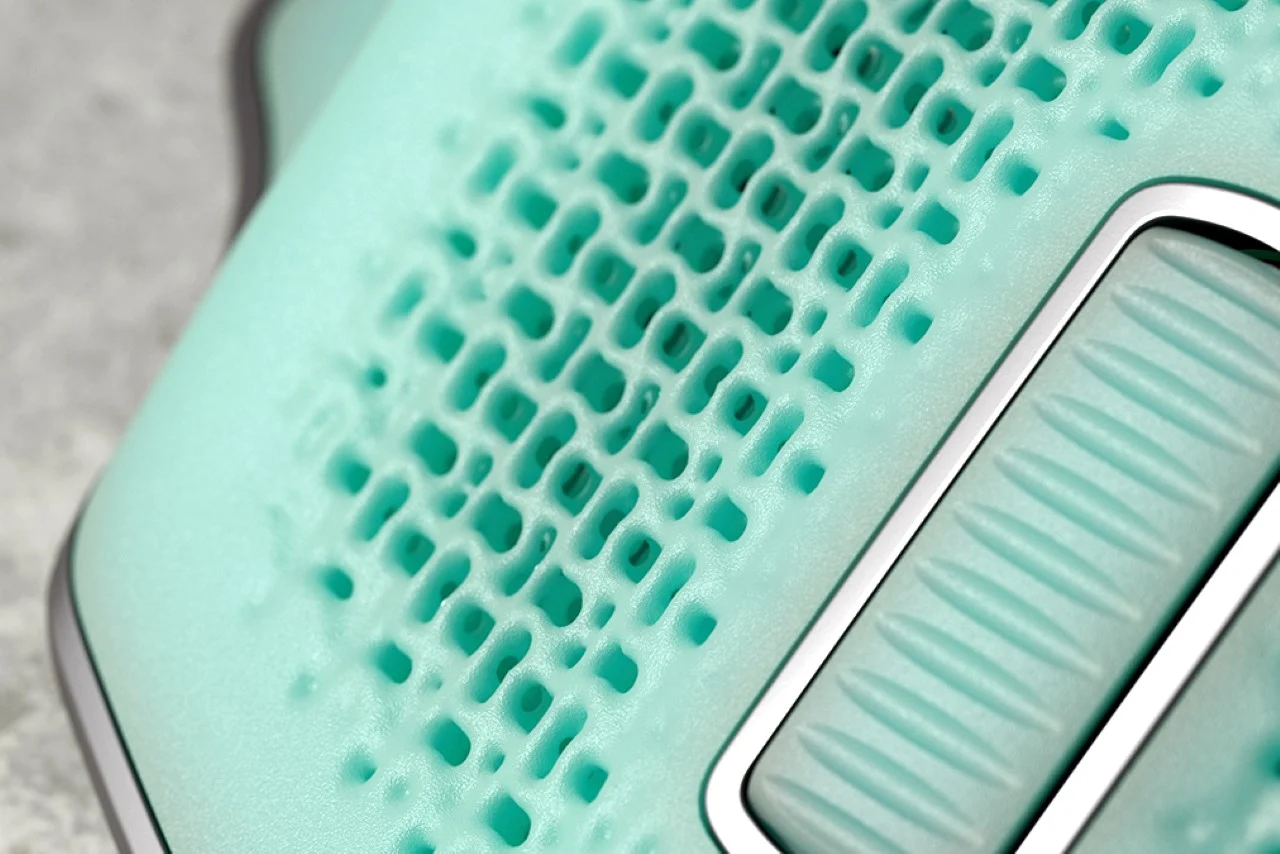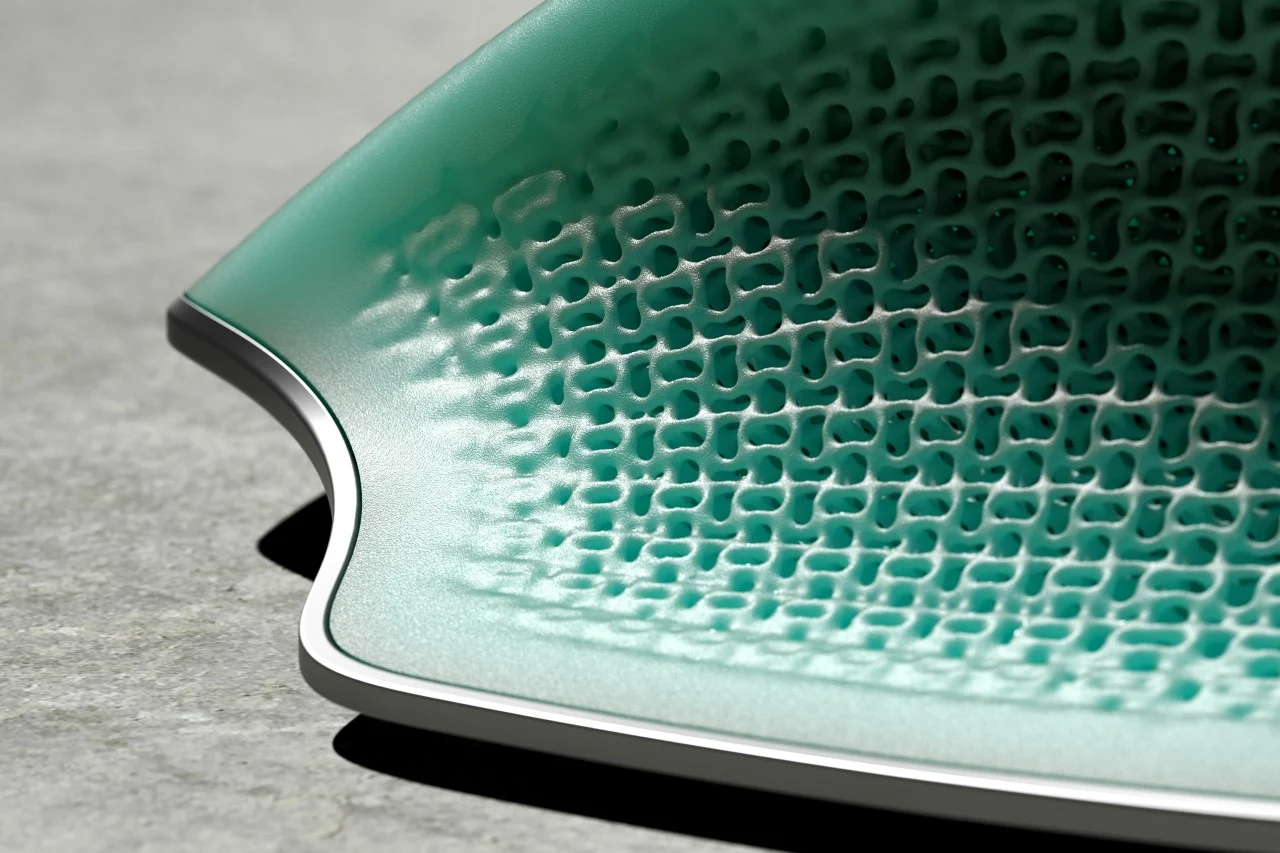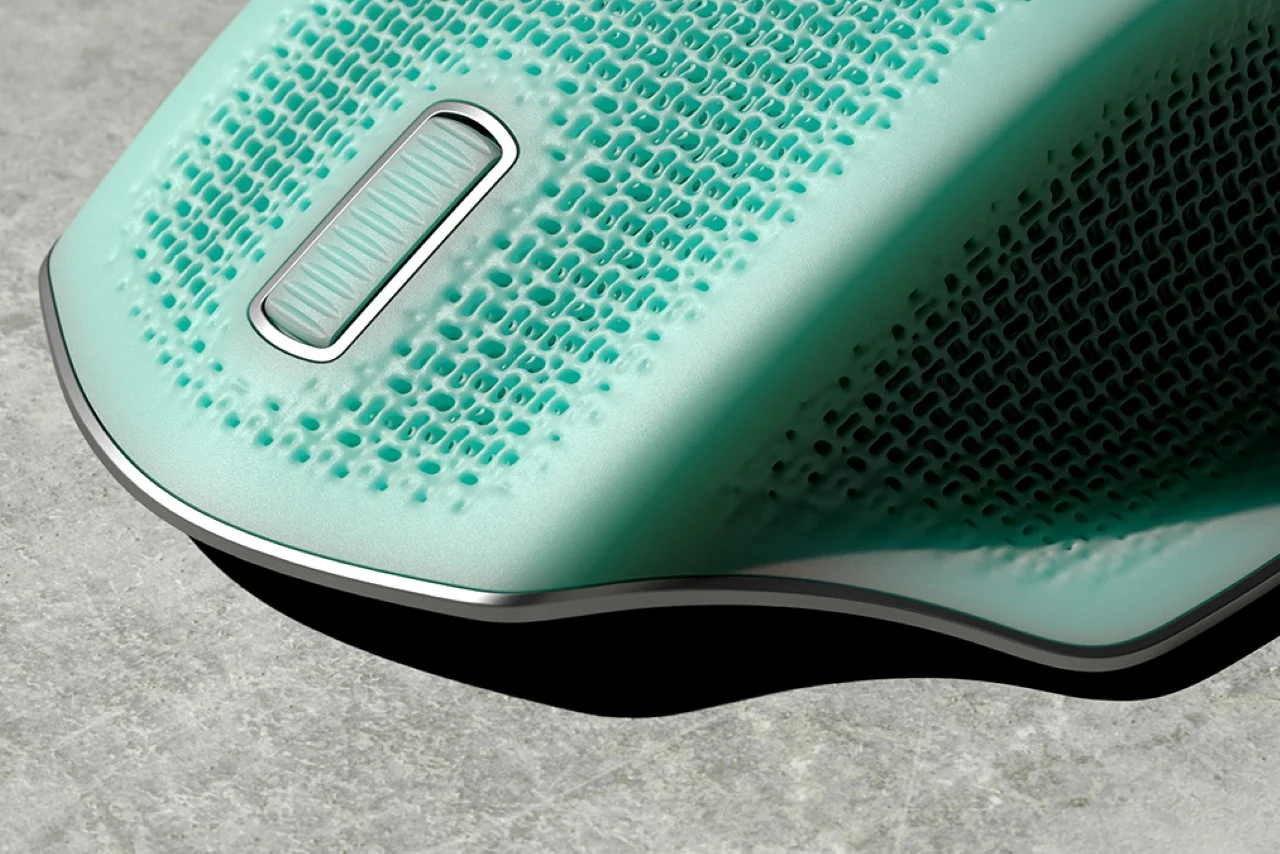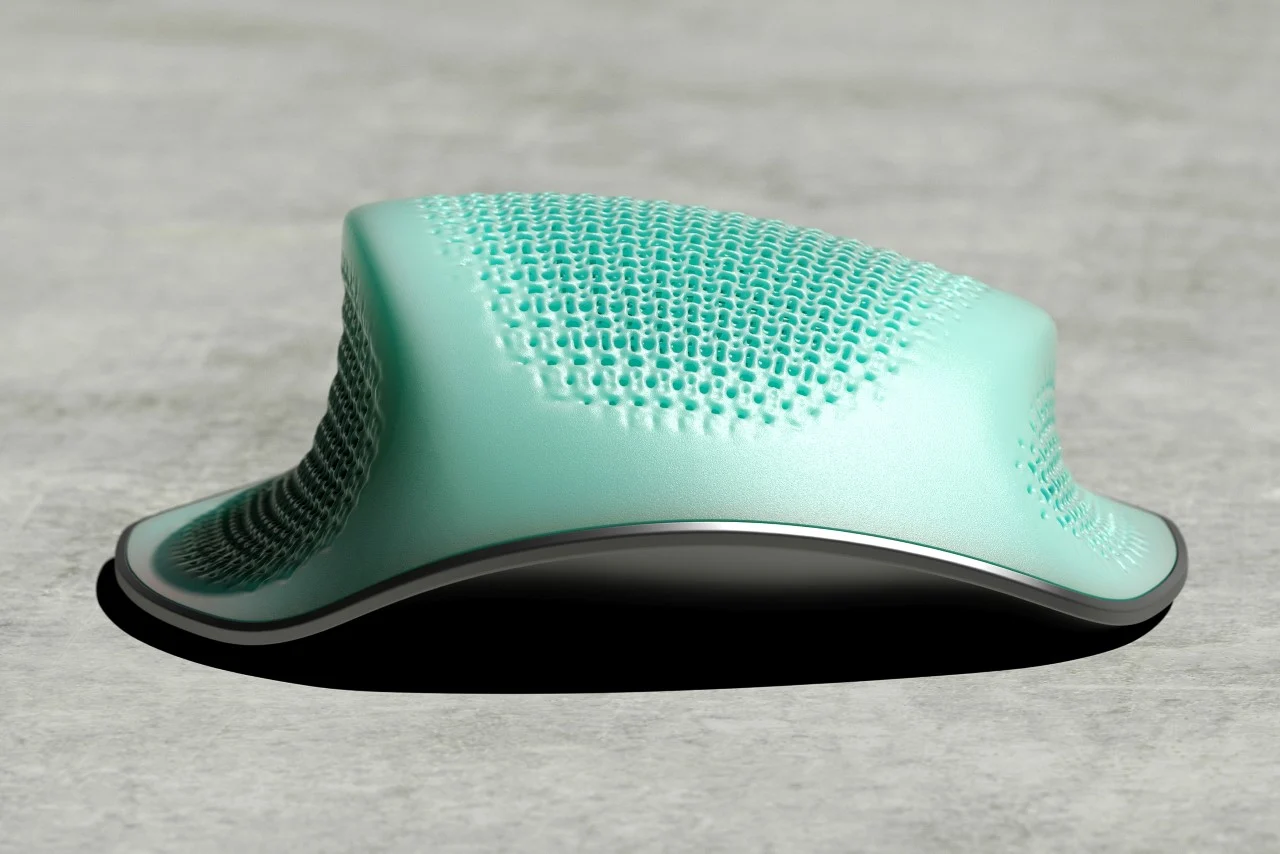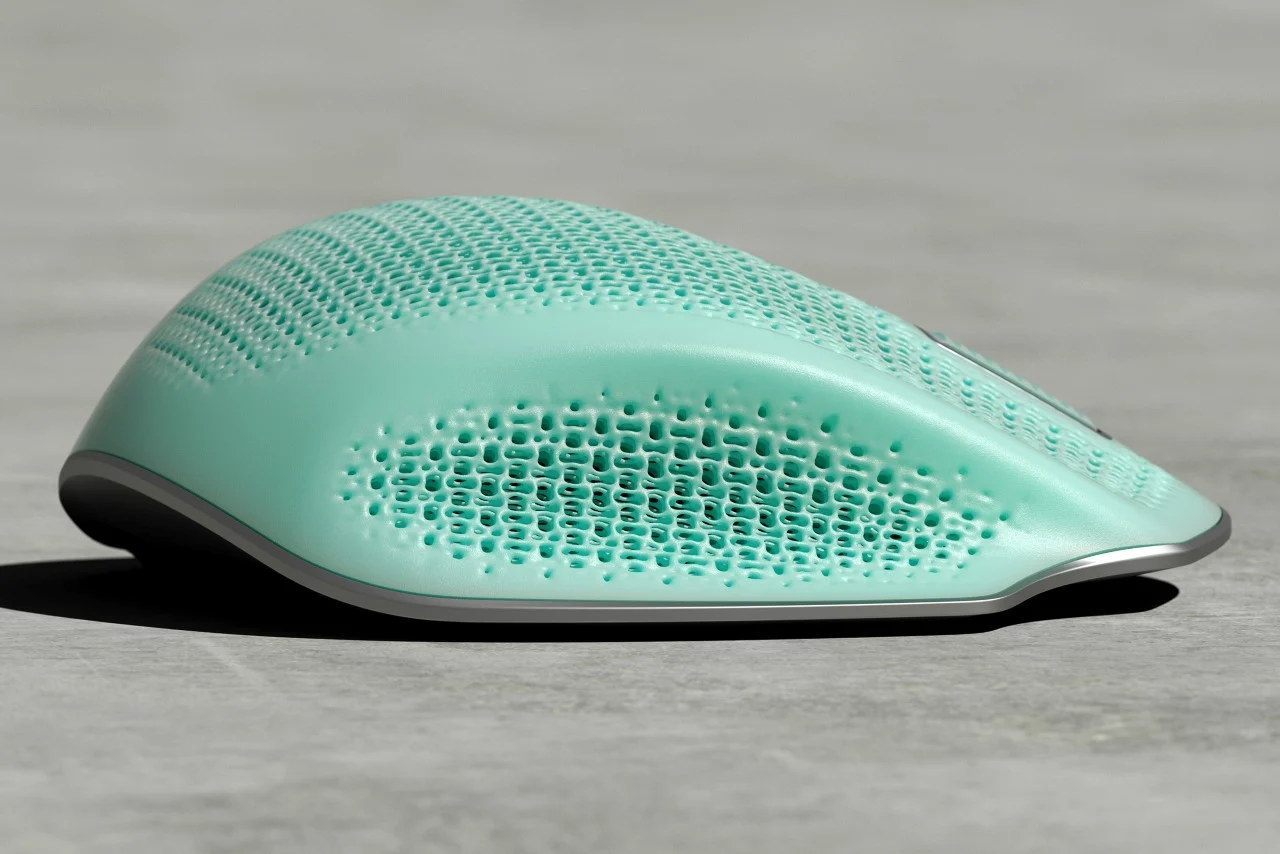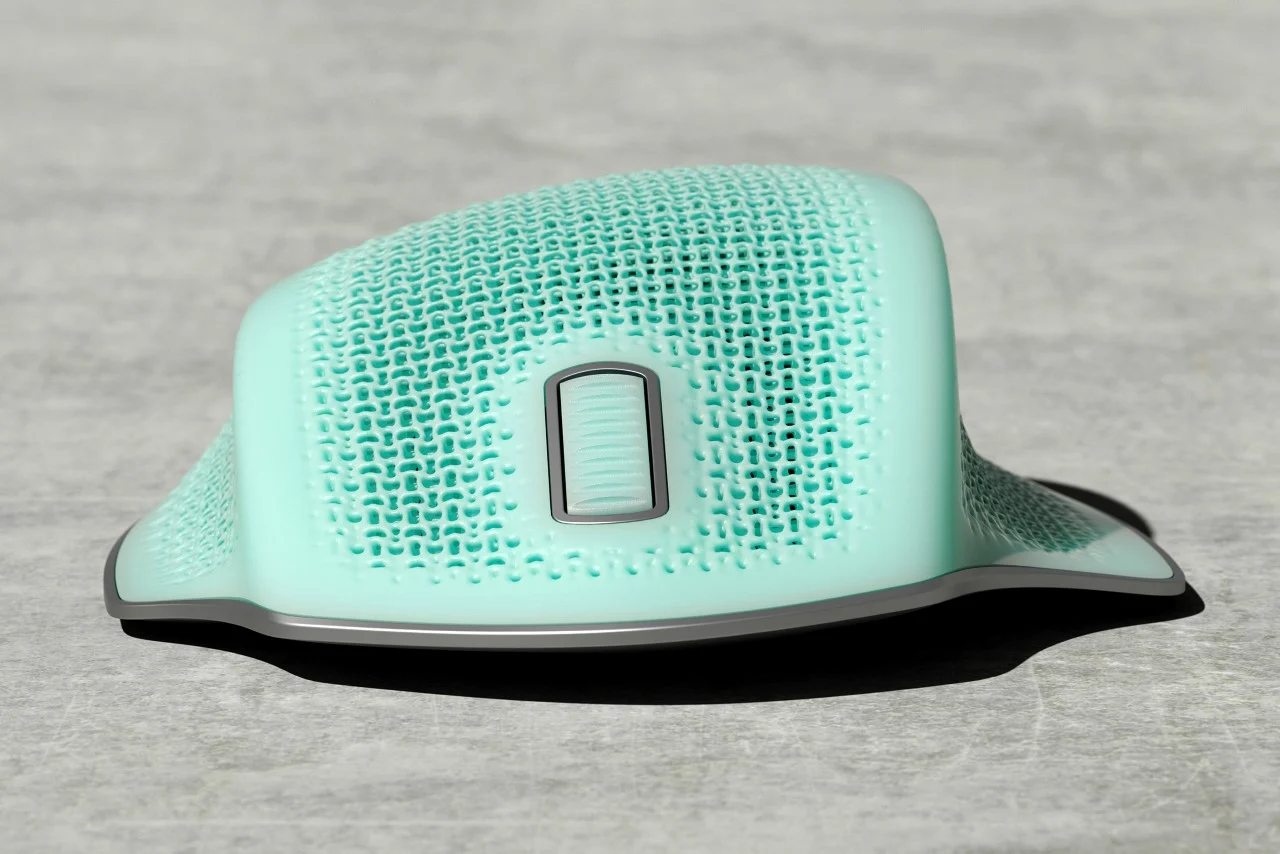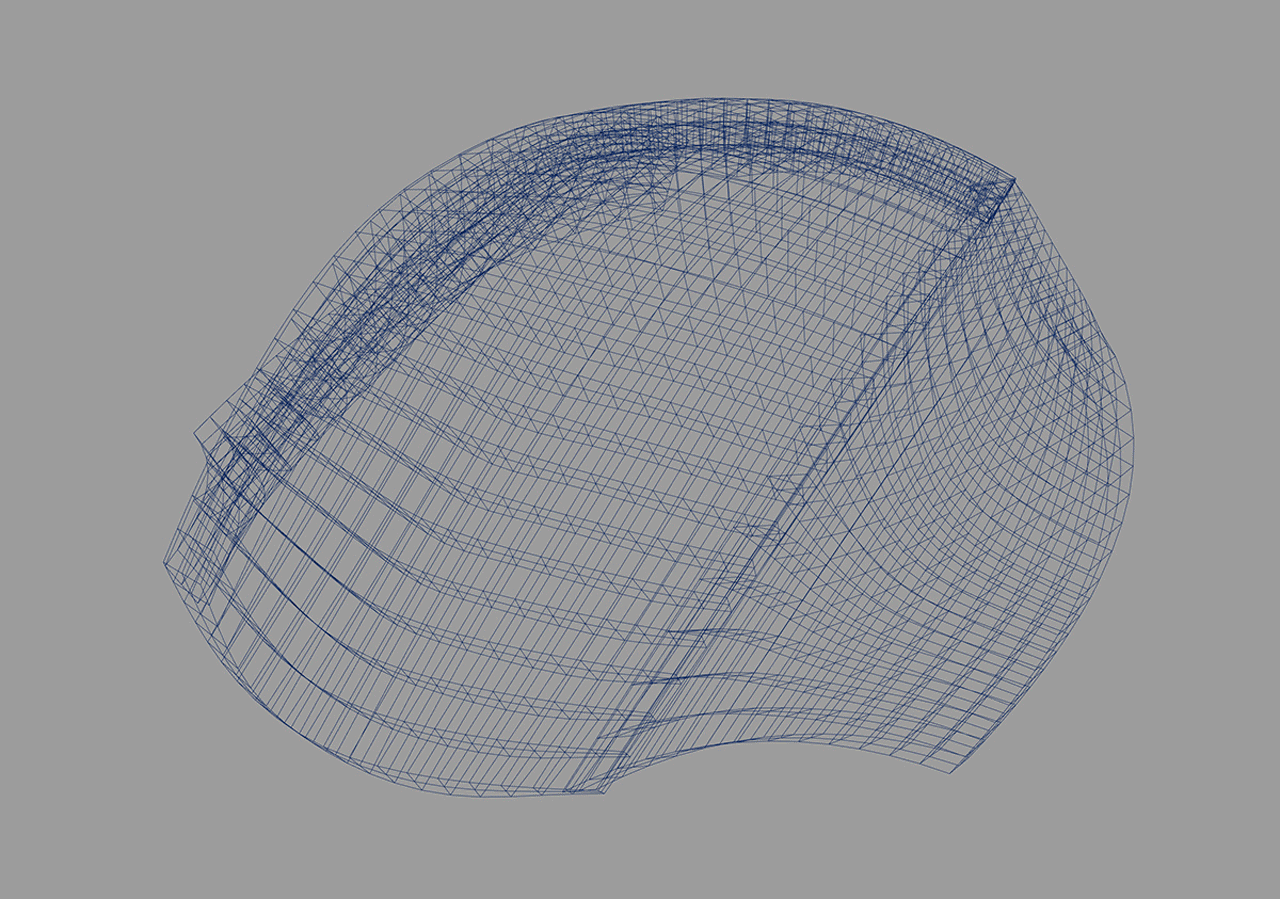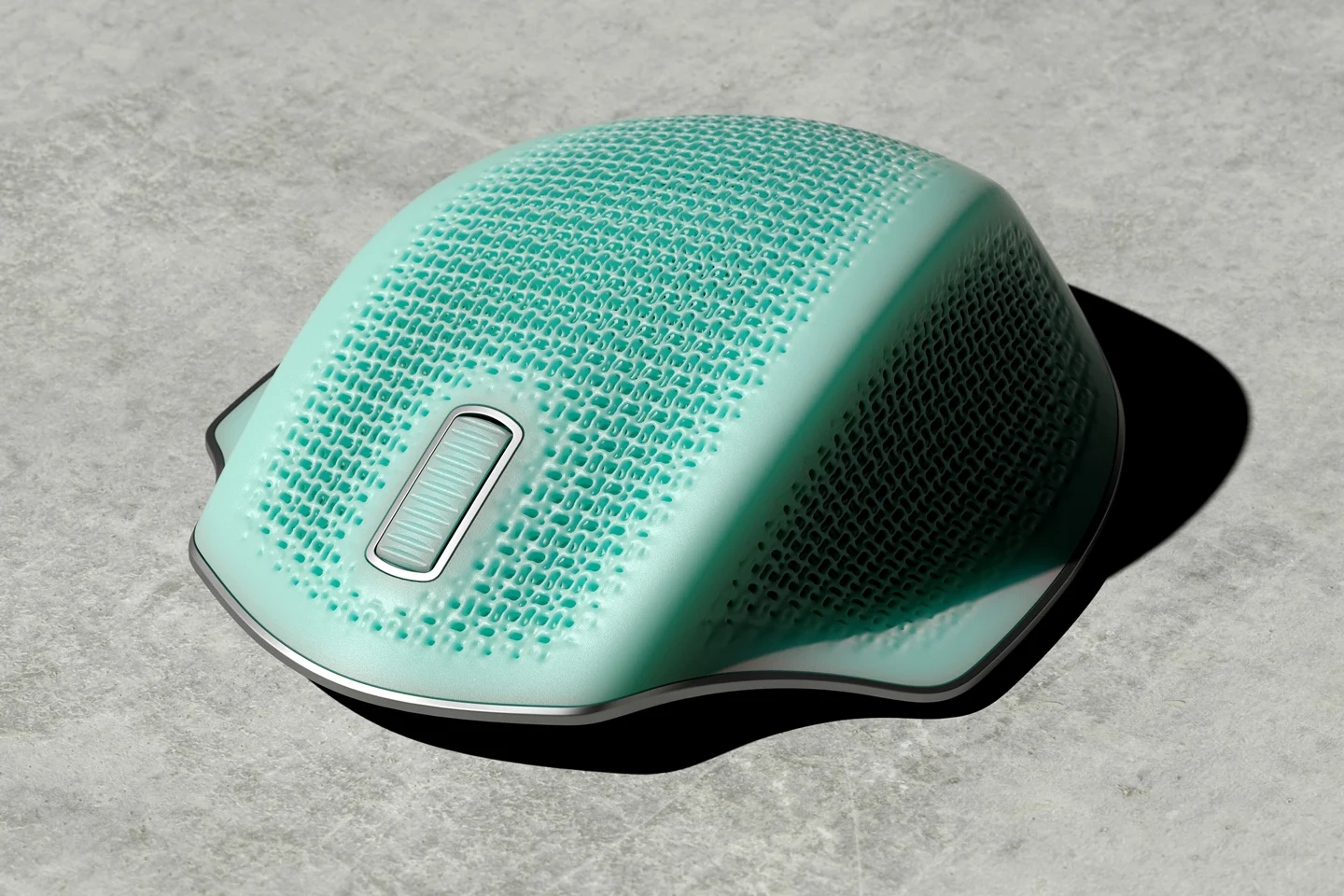When you sit at a computer for long periods of time, it’s not uncommon to acquire a few ailments: poor posture, painful wrists, and shoulders, and even chronic pain. The Squishy Mouse is an ergonomic mouse that wants to change everything by making a case for soft materials over hard surfaces. Squishy’s creators reject the notion that an ergonomic mouse needs to be complicated or uncomfortable; instead, they see it as just another product like ergonomic chairs and shoes where comfort is key.
Squishy’s body is made up of lattice mesh, making it soft and breathable so you can use it without getting fatigued too quickly. Squishy may not appear either, but it seems to get ergonomics correct because it resembles Adidas’ AlphaEdge and Futurecraft 3D running shoes. This goal is not simply to conform to the shape of a human hand but also to improve comfort and breathability. The Squishy Mouse is a squishy stress ball with the same comfortable feel as a stress ball, but it allows you to grip it while you’re using it firmly and ensures that your palms don’t become sweaty even after hours of continuous usage.
Designer: Matt Barnum
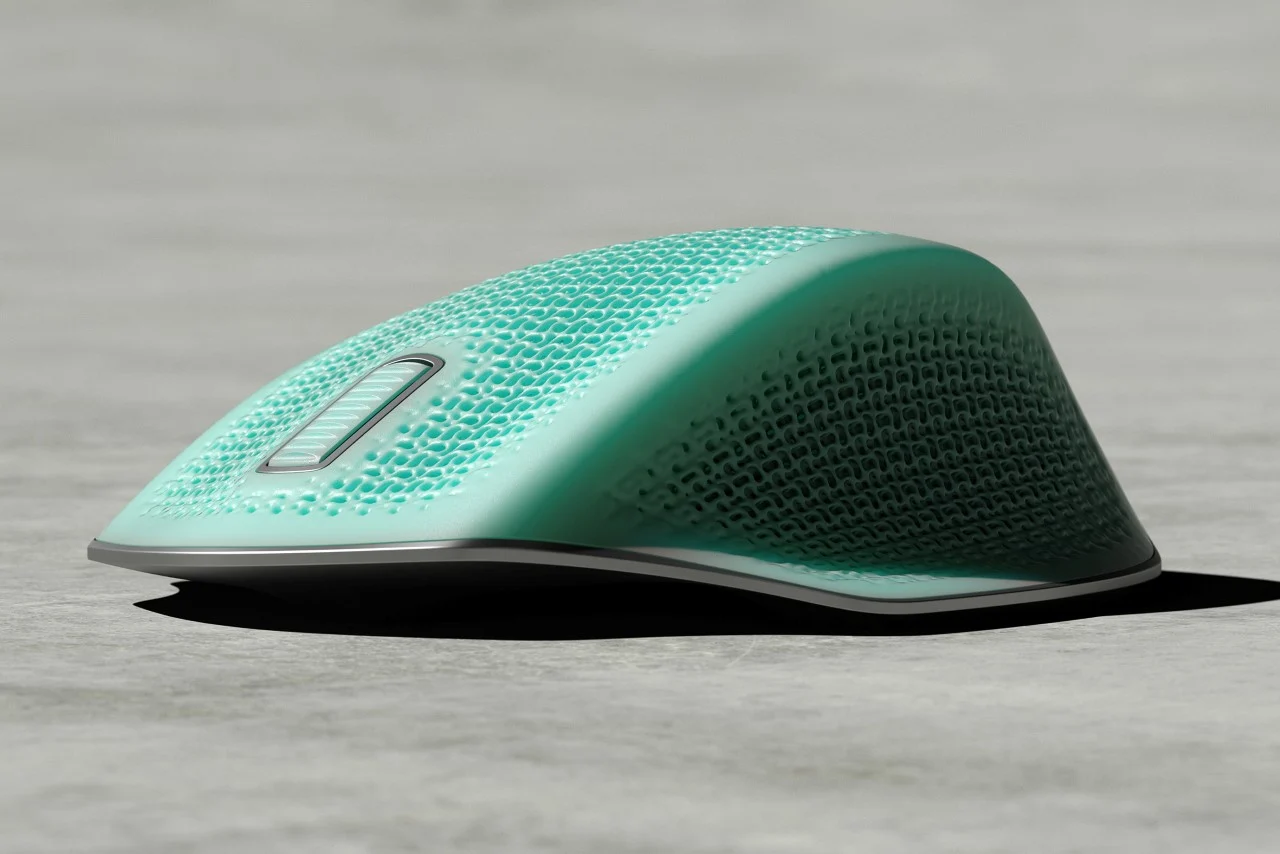
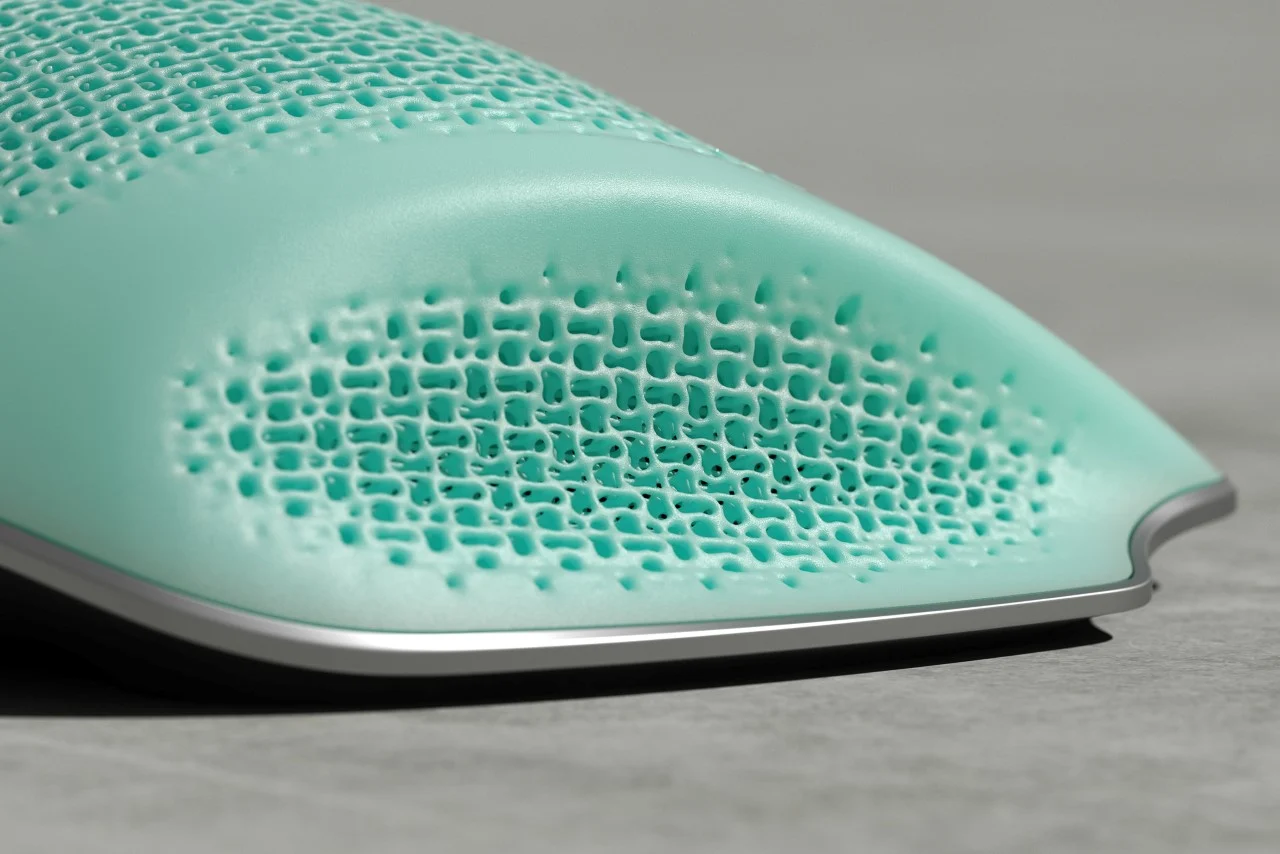
The mouse was created as a learning exercise for Barnum to practice using generative design software. (A GIF image at the bottom shows all of the steps)
Thanks to its metal base, it is easy to use and glide on smooth tabletop surfaces.
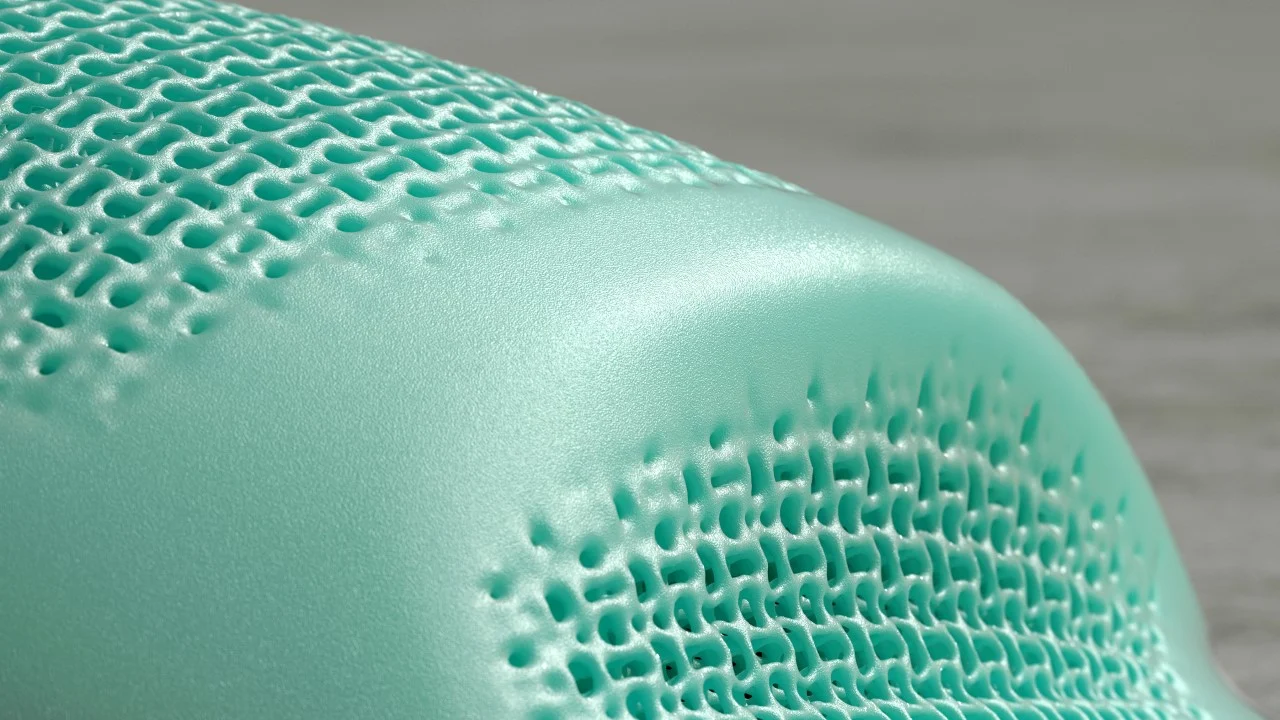
The Squishy Mouse is identical to the 3D-printed Adidas soles in color, immediately drawing attention to its origin. It’s unclear whether the mouse will utilize the same printing processes as Adidas footwear, but it makes sense from a material perspective. 3D printing that employs Digital Light Synthesis (or DLS) allows light to cure the resin in complex forms, resulting in more smooth-looking designs out of flexible elastomers. In this instance, Barnum’s use of the lattice around zones of touch allows those areas to remain relaxed. At the same time, the sides and contours of the mouse are more substantial, allowing for relatively firm squeezing or squishing of the Squishy Mouse without losing its form. The mouse’s buttons are also made of the lattice texture, which provides a very different way of input than that offered by clicking (whether it’s a success or failure from a haptic standpoint is yet to be determined). The texture, combined with the overall feel of the mouse, would quickly provide a new UX dimension during usage, and there’s a good chance you’ll either despise or adore it. We can’t help but be intrigued!
